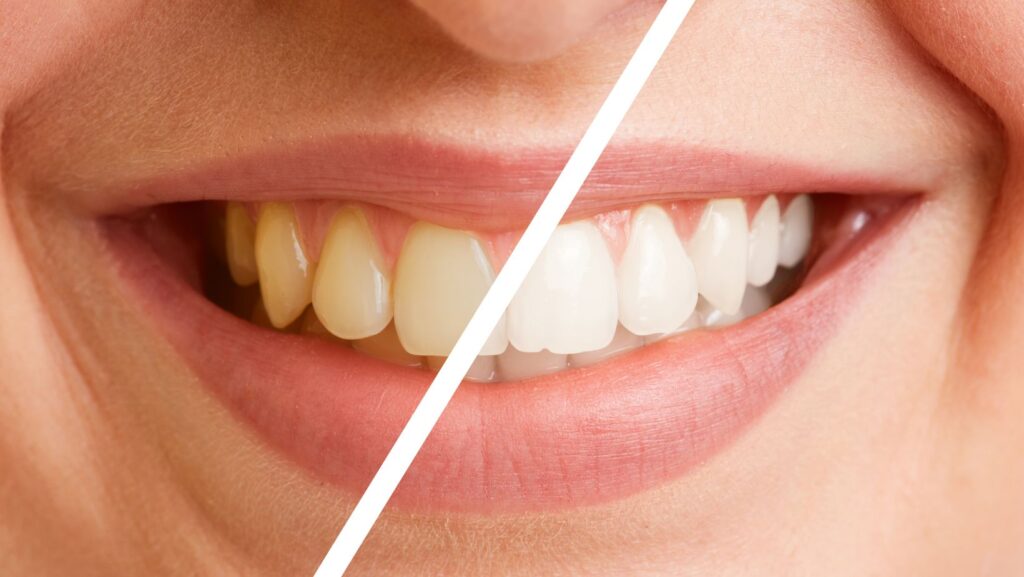When it comes to repairing missing teeth, restorative dentistry is crucial. The empty areas can lead to a range of issues that can wreak havoc on your oral health and, as a result, your overall health. Crowns and Bridges may not appear to have a significant impact on your health, but they do.
Crowns vs. Bridges: What’s the Difference?
Crown work is involved in each of these dental prosthesis; however, a crown does not replace a missing tooth. When one or more teeth are missing, bridges fill in the gap between them. Pontics are the prosthetic teeth that are used to substitute natural teeth on a bridge. Crowns are cemented to the abutment teeth or teeth on either side of the space to hold the pontics in place.
Benefits of Dental Bridges
When a tooth is lost, the empty area it leaves becomes fertile ground for a slew of dental problems. The surrounding teeth may begin to shift into the area, causing small gaps between teeth to form over time. These teeth may also start to lean into the space or twist out of alignment, causing your bite or occlusion to become messed up. Furthermore, the chewing surface is lost, which is especially important when molars are lost. This surface area is required for you to properly break down food particles and extract the maximum amount of nourishment. It is also necessary for proper food digestion.
Crowns and the pontics that fill in the gaps not only restore your mouth’s health, but also your smile. They are usually constructed of porcelain fused to metal or a ceramic resin and are designed to look like your actual teeth.
Crowns
Because the nerve of a tooth has been destroyed during root canal therapy, the tooth is no longer alive. Teeth that are fragile become more susceptible to breaking. A dental crown offers stability and strength to a tooth like this. The crown is usually composed of tooth-colored material, so the crowned tooth seems perfectly natural. A tooth with a large filling could possibly benefit from a dental crown.
Crowns and Bridges have a lot in common.
The tooth or teeth that will receive the crown must be prepared in both circumstances. Both teeth on either side of the area to be bridged must be prepared for crowns in the case of bridgework. Preparation include molding the tooth so that a crown may be placed on top of it. A mold is made from the imprint of the tooth so that the crown may be fashioned over it. In some cases, a computer is used to achieve this. The crown is then fitted to the tooth and trimmed to ensure that the bite is comfortable. The new crown is bonded in place once it has been properly trimmed.
Consider crowns and bridges for a stunning smile restoration, whether it’s to safeguard a weakened tooth or to fill in the gap left by a missing tooth or teeth. Prices for Dental Crown and or Bridges are inexpensive in Turkey-Kusadasi

